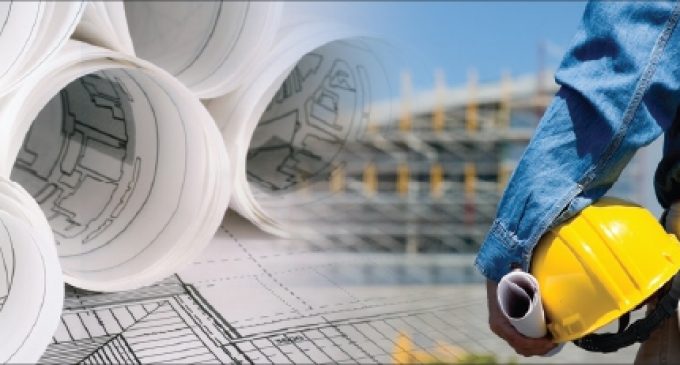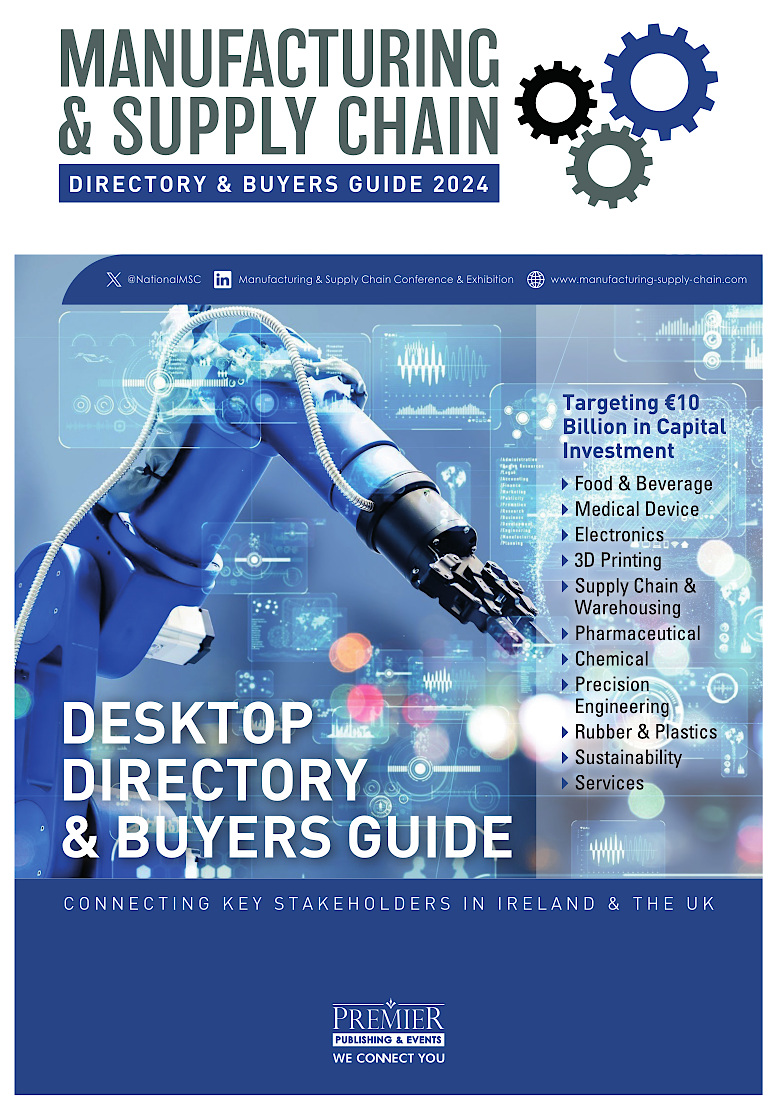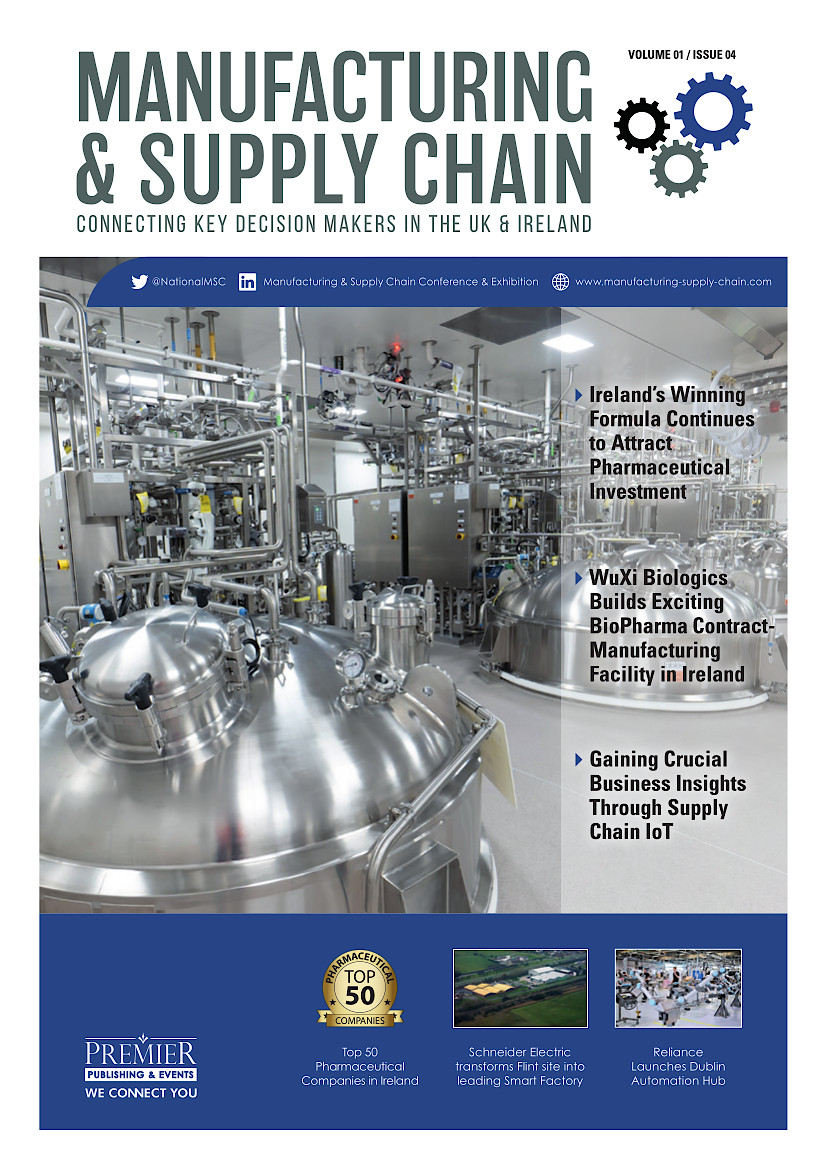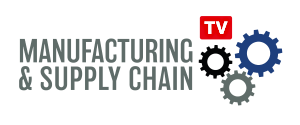New orders down for first time in 13 months amid strong cost pressures in Irish construction

Near-record cost pressures acted to depress demand in the Irish construction sector during April, with new orders dropping for the first time since March 2021. Meanwhile, activity, employment and purchasing all continued to rise, albeit at softer rates than seen around the turn of the year. Business confidence remained relatively muted amid worries about the impact of inflation on demand going forward.
The headline seasonally adjusted BNP Paribas Real Estate Ireland Construction Total Activity Index dipped to 52.5 in April from 53.9 in March. Although continuing to signal an increase in construction activity, the reading dropped for the second month running and pointed to the weakest rise in the current one-year sequence of expansion. Some companies reported catching up on backlogs of work, but price rises and subdued demand acted to restrict growth.
Marked, but slower rises in activity on housing and commercial projects were recorded in April, while civil engineering activity decreased for the second month running.
The impact of price rises on the sector was most notable in terms of new orders, which decreased for the first time in just over a year. That said, the fall was only marginal, with some respondents indicating that demand for housing projects continued to improve.
Cost pressures were severe in April. Companies highlighted the second-fastest rise in input prices since the survey began in June 2000, just behind the record posted in October 2021. Energy and fuel were widely reported to have risen in price, with global inflationary pressures, raw material shortages and the conflict in Ukraine all key factors behind increasing cost burdens.
Continued growth of construction activity and efforts to get projects completed meant that companies continued to expand their employment levels and purchasing activity. While the rate of job creation ticked up slightly, purchasing activity rose at the slowest pace in 2022 so far amid widespread cost increases and subdued demand. The usage of sub-contractors decreased for the first time in four months.
Suppliers’ delivery times continued to lengthen markedly, with material shortages and the conflict in Ukraine disrupting supply chains. That said, the rate at which lead times lengthened was the least pronounced since August 2020.
As well as impacting demand at the start of the second quarter, inflationary pressures also acted to depress confidence in the year-ahead outlook. Sentiment ticked up from the 17-month low seen in March, but was still the second-lowest in the past year-and-a-half and below the series average. Those firms that predicted activity to rise over the coming year linked this to hopes of demand improvements and strong pipelines of new work.
Commenting on the latest survey results, John McCartney, Director & Head of Research at BNP Paribas Real Estate Ireland, said: “The latest PMI confirms that construction activity continued to expand in April, but was variable by sector. The housing sub-index indicates that the strong residential activity that was seen in Q1 continued into April, despite the headwinds of supply chain disruption and increased costs. The commercial activity indicator also showed solid expansion. This is no surprise as the pipeline of office and logistics property to be delivered this year is at its highest since 2008.
“Civil engineering was notably weak, however, with the April reading showing an outright contraction in activity for the second successive month. This coincides with reports that spiking energy and materials prices were making contractors less willing to take-on public works contracts. The Government’s new ‘Inflation Cooperation Framework’ seeks to address this by providing a structured and collaborative approach to quantifying and apportioning unforeseen additional costs.”




















